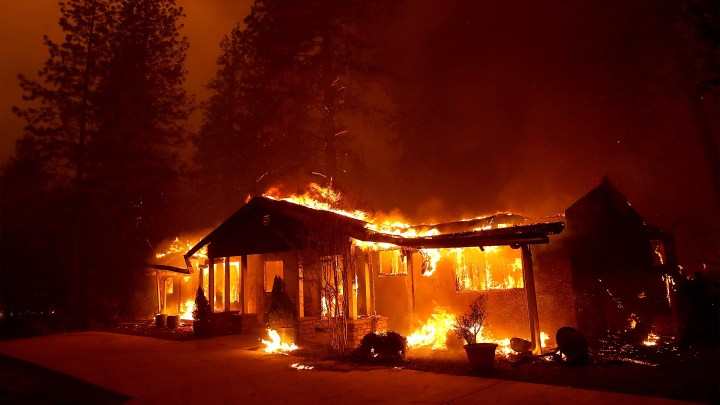
Who pays for California’s wildfires?

Multiple wildfires continue to burn in California, prompting evacuations, preventive power outages, and a scramble for funds to pay to fight the fires.
Wildfire season across the entire western part of the country is becoming more intense and more expensive every year. The federal government spent more than $2.4 billion on fire suppression in 2017. That’s the most expensive year on record, and costs are expected to rise further as climate change contributes to more frequent and severe wildfires.
Who pays the cost of fighting a wildfire depends on where it starts. If it begins on federal lands, agencies like the Forest Service or the Department of Interior have to spend from their budgets to fight the fires, often at the expense of other priorities.
“When funding is not enough, the Forest Service is forced to shift funds from other critical natural resource management programs to cover the cost of wildfire suppression.”
U.S. Forest Service
For fires that start on non-federal lands, states usually pay out of their own budgets. But in the case of large or extremely damaging fires, they can appeal to the Federal Emergency Management Agency for help. California Governor Gavin Newsom has already secured FEMA grants to help cover some of the expenses from the latest round of fires.
There’s a lot happening in the world. Through it all, Marketplace is here for you.
You rely on Marketplace to break down the world’s events and tell you how it affects you in a fact-based, approachable way. We rely on your financial support to keep making that possible.
Your donation today powers the independent journalism that you rely on. For just $5/month, you can help sustain Marketplace so we can keep reporting on the things that matter to you.












